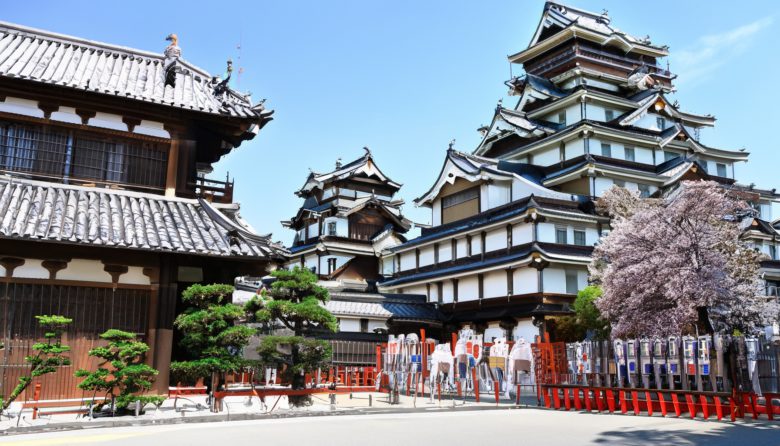History and overview of the Edo period

The Edo period (1603-1868) was an important period in Japanese history, during which Japan’s unique culture and art blossomed.
Under the Tokugawa Shogunate, Japan limited its contact with foreign countries and enjoyed domestic peace and stability.
This led to great artistic, cultural, and economic development, and the development of a uniquely Japanese aesthetic.
The world of Kabuki where you can feel the Edo period

Kabuki is an art form that was loved by the public during the Edo period and is still widely known as traditional Japanese theater.
Colorful costumes, makeup, and spectacular acting provide a unique way to express Edo period society and values.
Kabuki plays explore many themes such as daily life of the time, love, and samurai loyalty. In Tokyo, you can enjoy Kabuki at Kabukiza and the National Theater.
Kabuki is performed monthly at the Kabukiza Theater and in January, March, June, July, October, November, and December at the National Theater.
Overview of Edo period paintings and ukiyo-e

Ukiyo-e is a woodblock print art form that captures the daily lives and customs of people during the Edo period, as well as the beauty of nature.
Famous ukiyo-e artists, such as Katsushika Hokusai and Utagawa Hiroshige, beautified everyday landscapes and people’s lives, and were loved by a wide range of people.
Ukiyo-e was an important means of expressing the culture and values of the Edo period, and served as an opportunity to spread Japanese aesthetics around the world.
Tokyo is the perfect city to appreciate ukiyo-e.
Tokyo National Museum is Japan’s oldest museum and exhibits traditional Japanese art, including ukiyo-e.
The Edo-Tokyo Museum introduces the history and culture of Edo and Tokyo, and displays the lives of people during the Edo period through ukiyo-e.
The Sumida Ward Hokusai Art Museum exhibits the works of Katsushika Hokusai and introduces Hokusai’s artistic talent through many works, including ukiyo-e.
Food of the Edo period

The food culture of the Edo period was simple and delicate, with an emphasis on seasonal ingredients.
Fish, vegetables, tofu, rice, and miso are the main ingredients that remain the basis of Japanese cuisine. Furthermore, the Edo period was also the time when many traditional Japanese dishes such as sushi and tempura were born.
The food culture of this era had a great influence on the eating habits and values of Japanese people, and laid the foundation for Japanese cuisine.
Yayoiken and Ootoya are recommended restaurants where you can enjoy a variety of so-called Japanese cuisine at relatively reasonable prices. You can enjoy a variety of cuisines at reasonable prices.
Yayoi-Ken
Otoya


